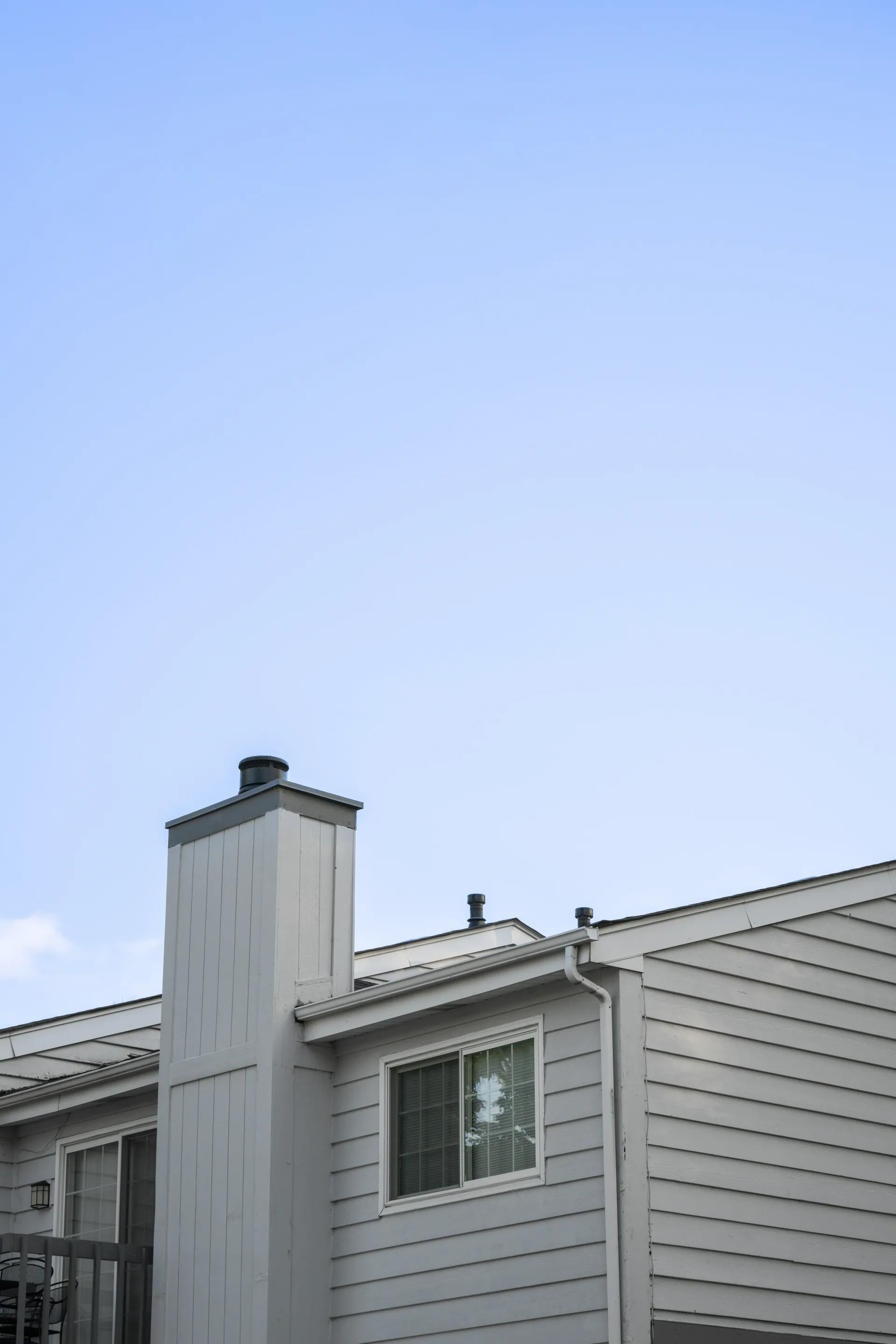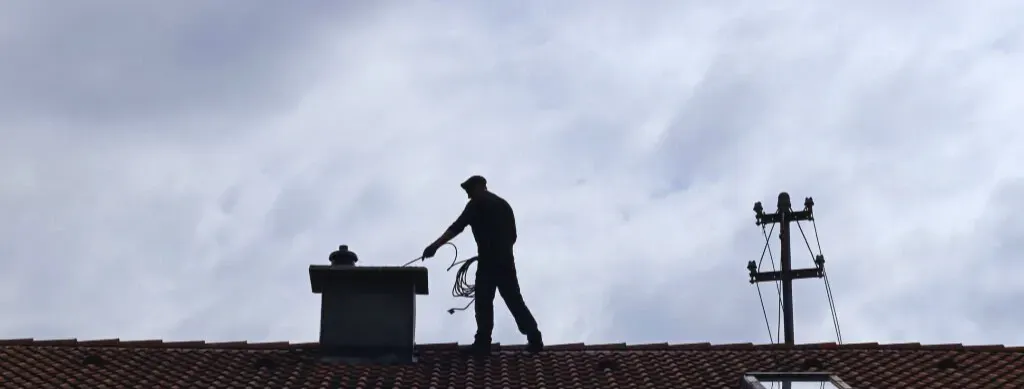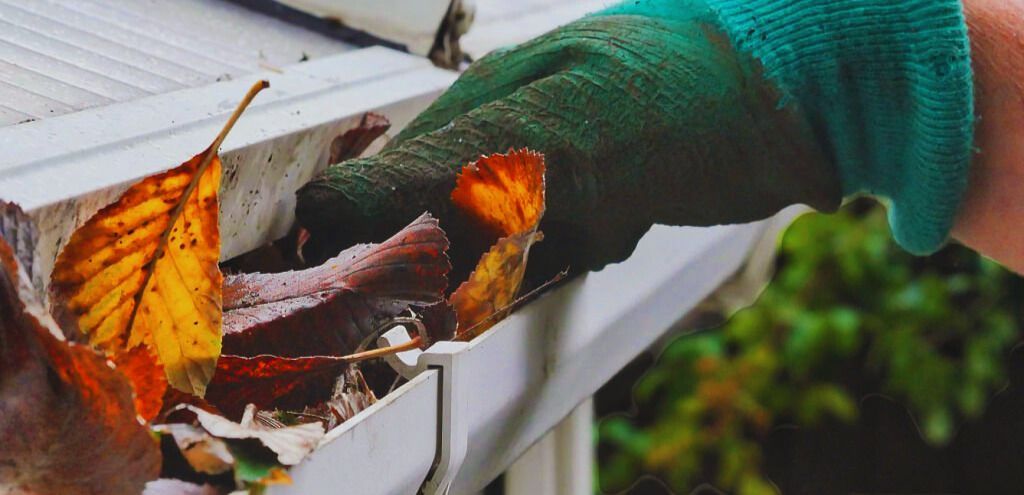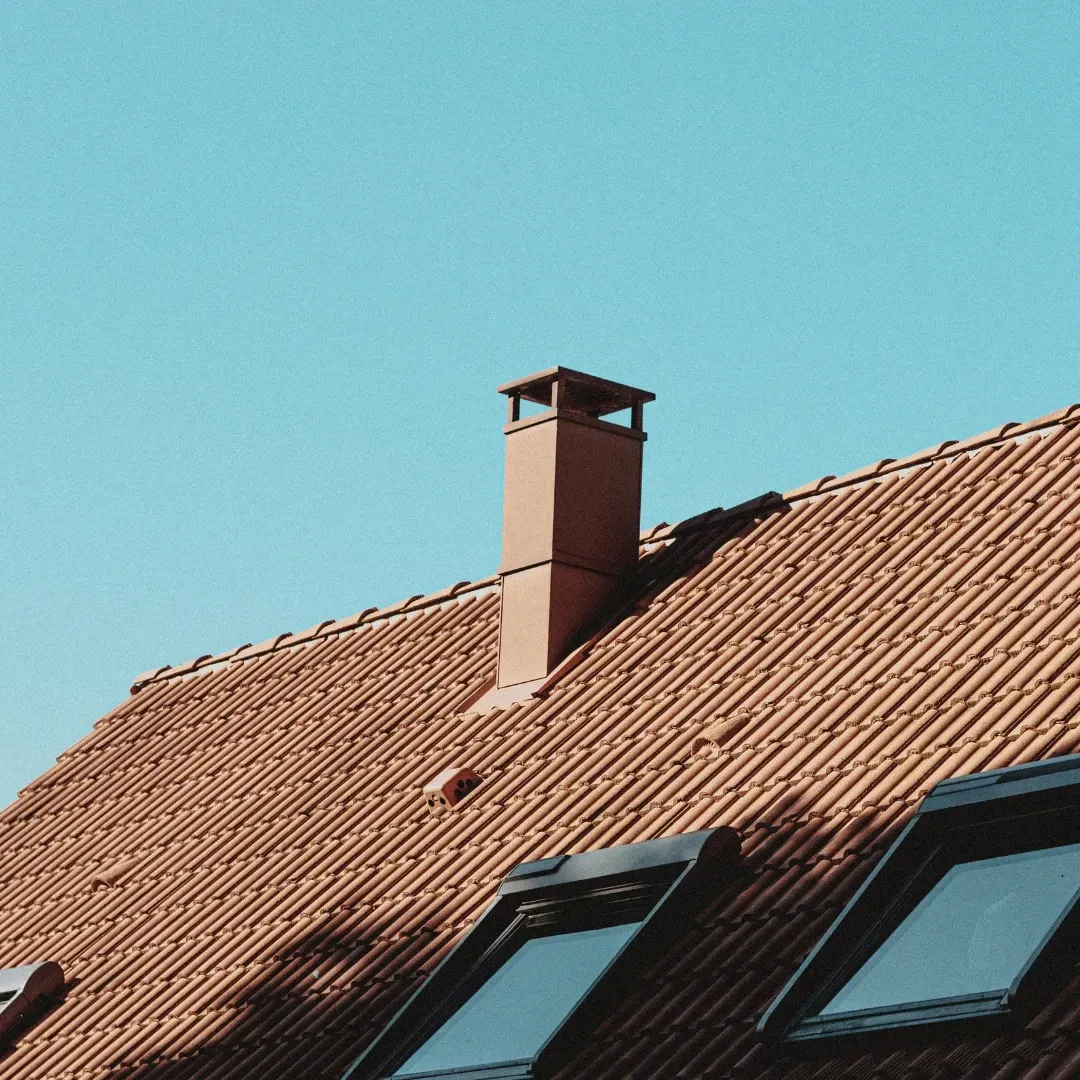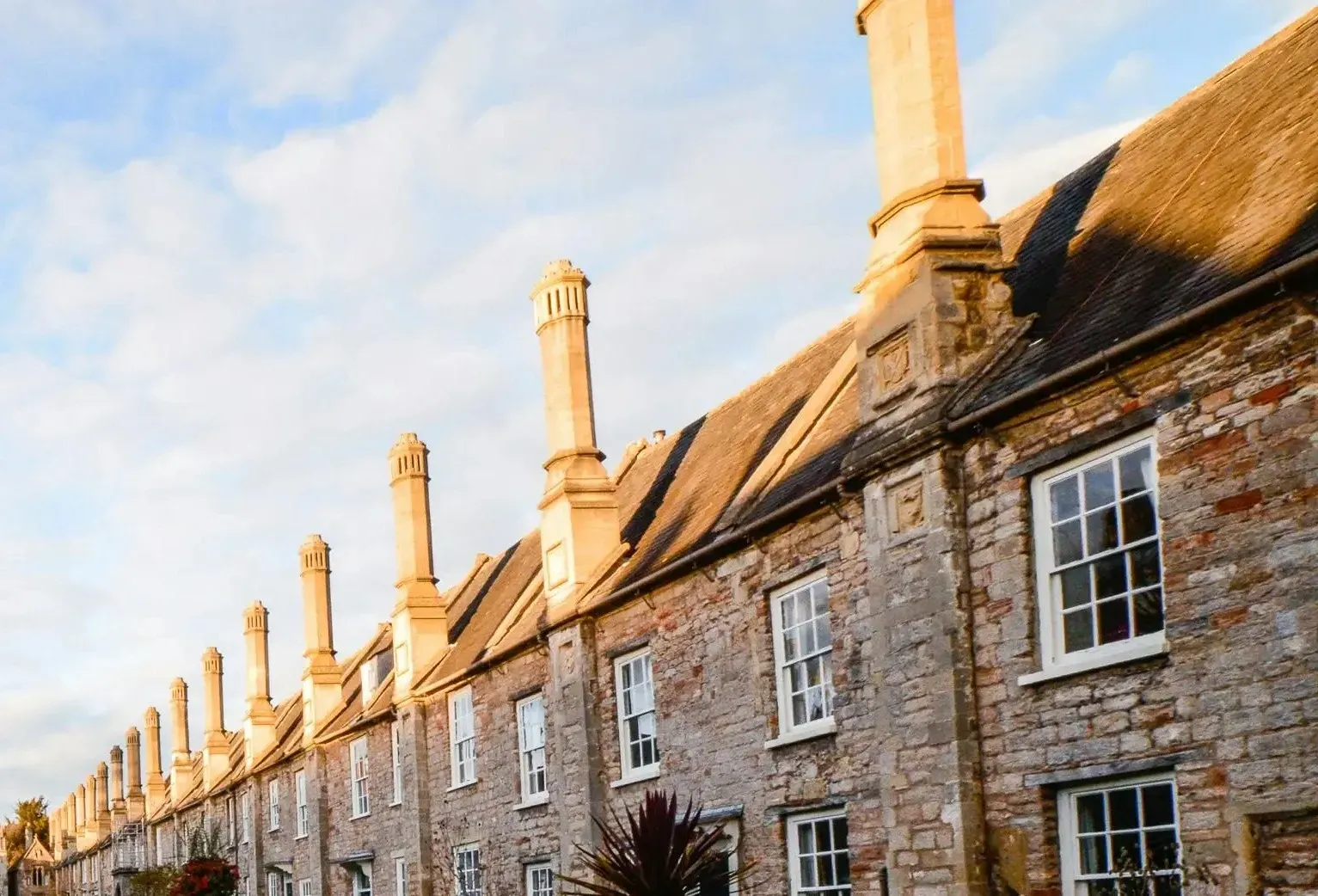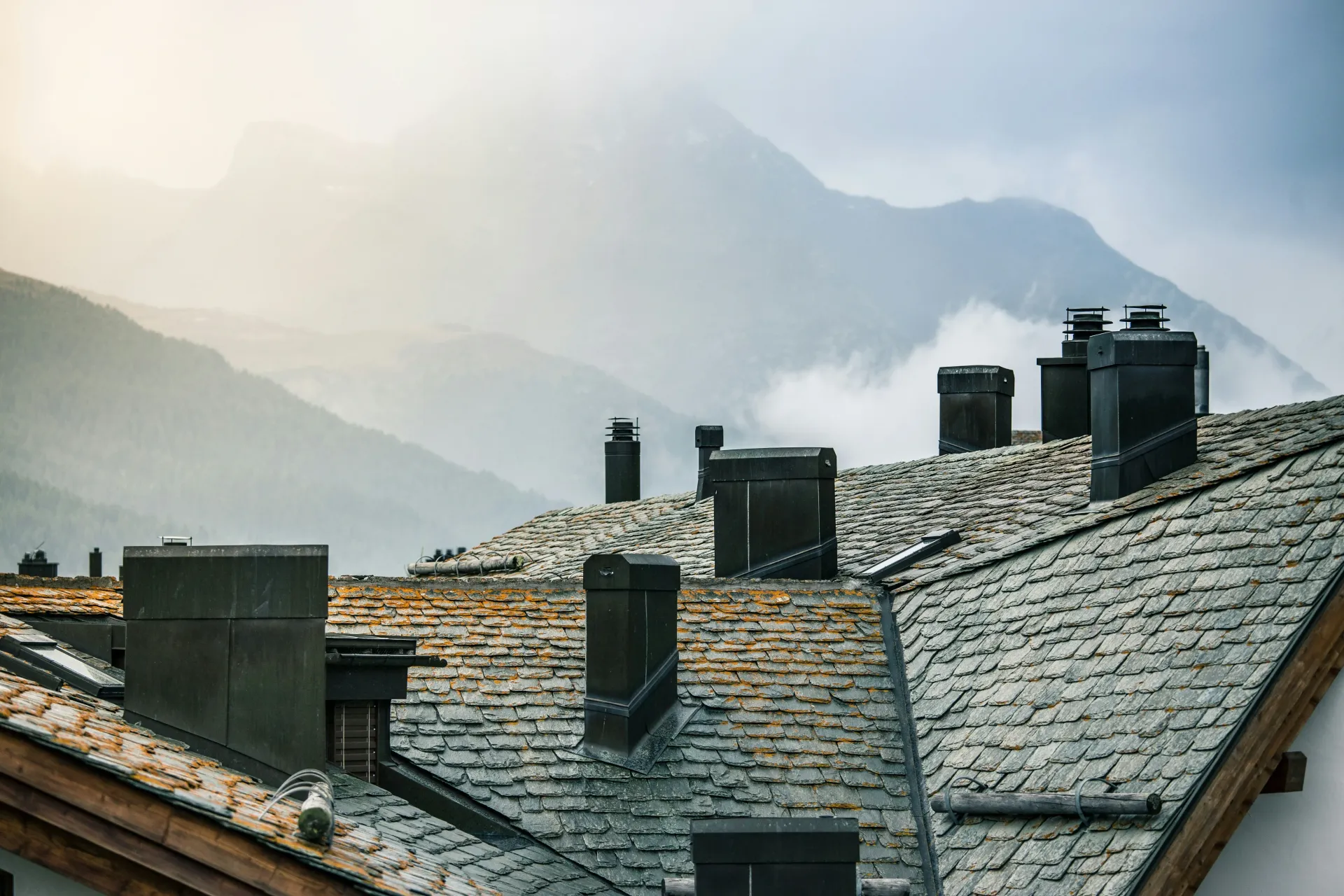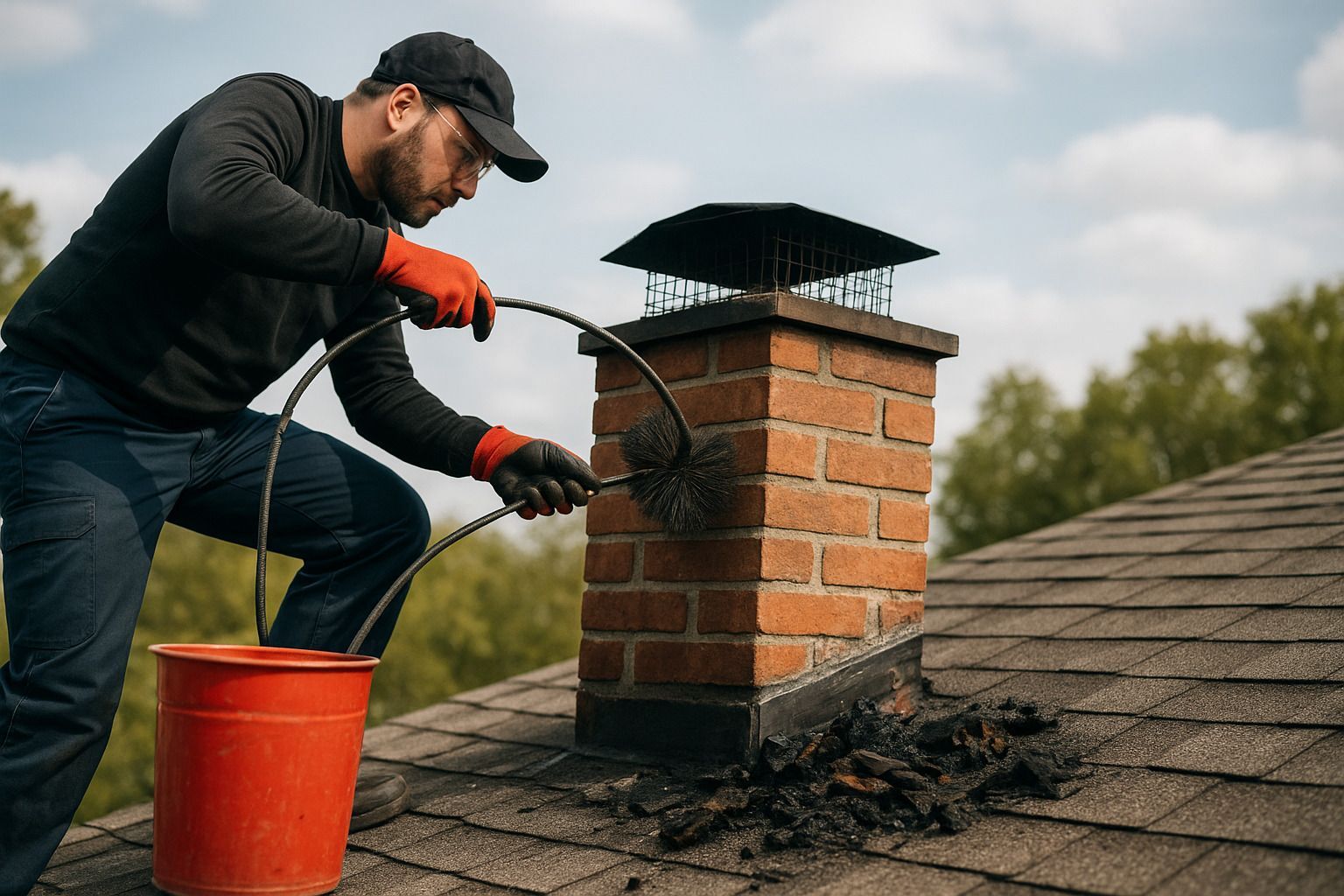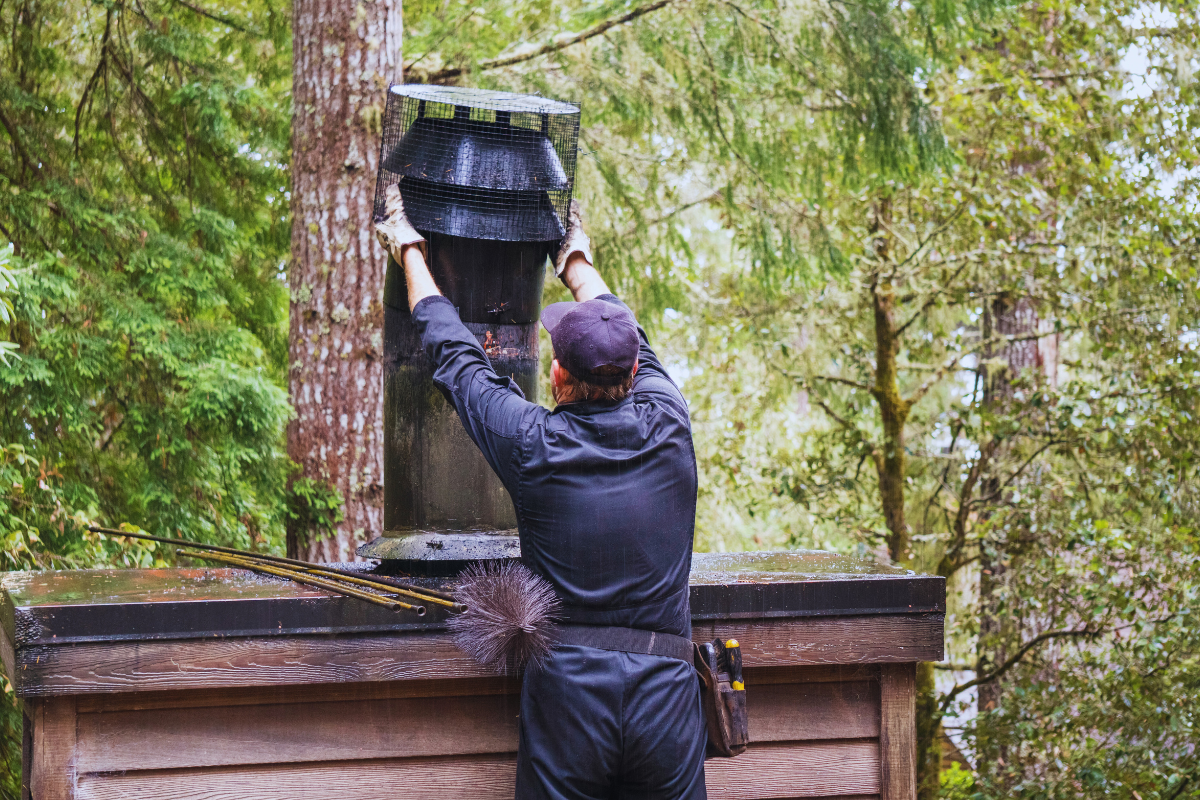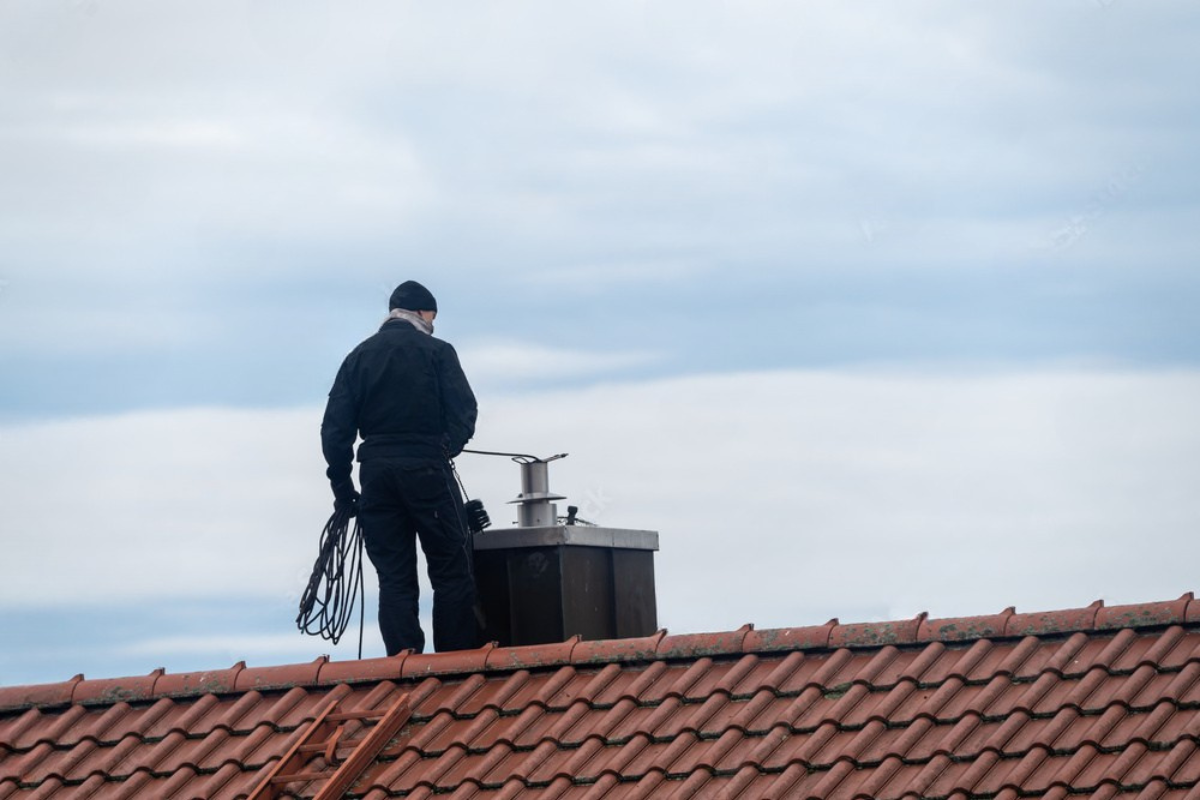Keeping Your Chimney High and Dry: Damp Proofing vs. Waterproofing Explained
Living in Maine, I've learned that a chimney is more than just a picturesque addition to my home - it's a vital structure that needs proper care and protection. One chilly autumn evening, I discovered firsthand the importance of chimney moisture protection. Let me take you on a journey through the world of damp proofing and waterproofing, and show you how these methods can save your chimney (and your sanity) from water damage.

My Chimney Catastrophe: A Maine Homeowner's Wake-Up Call
When the Drips Became a Downpour
Picture this: It's a cozy evening in Maine, and I'm curled up by the fireplace, enjoying the warmth and ambiance. Suddenly, I hear an ominous drip. Then another. Before I know it, there's water trickling down my chimney, threatening to ruin my peaceful night and potentially cause serious damage to my home. That's when I realized I needed to learn about chimney moisture protection - fast.
Understanding Chimney Moisture Issues
Common Causes of Chimney Dampness
Chimneys face a constant battle against the elements. In Maine and New Hampshire, we deal with:
- Heavy rainfall
- Snow accumulation
- Freeze-thaw cycles
- High humidity
All these factors can lead to moisture penetration in your chimney.
The Dangers of Ignoring Water Damage
Ignoring chimney moisture can lead to:
- Brick and mortar deterioration
- Rusted dampers and fireboxes
- Mold and mildew growth
- Structural damage to your home
Damp Proofing 101: Your First Line of Defense
What is Damp Proofing?
Damp proofing is like giving your chimney a raincoat. It's a treatment applied to the chimney's exterior to resist moisture penetration.
How Damp Proofing Works for Chimneys
Application Methods
Damp proofing can be applied through:
- Brush application
- Spray-on treatments
- Damp proof membranes
Benefits of Damp Proofing
- Reduces surface water absorption
- Allows the masonry to breathe
- Cost-effective solution for minor moisture issues
Waterproofing: The Ultimate Moisture Barrier
Defining Waterproofing for Chimneys
Waterproofing takes moisture protection a step further. It's like giving your chimney a full-body wetsuit, creating a impermeable barrier against water.
Waterproofing Techniques and Materials
Penetrating Sealers
These sealers penetrate deep into the masonry, creating a long-lasting water barrier.
Elastomeric Coatings
These flexible coatings can bridge small cracks and provide excellent water resistance.
Damp Proofing vs. Waterproofing: Key Differences
Level of Protection
Damp proofing offers moderate protection against moisture, while waterproofing provides a complete barrier.
Application Process
Damp proofing is generally simpler to apply, while waterproofing often requires more extensive preparation and application techniques.
Longevity and Durability
Waterproofing typically lasts longer and offers more robust protection compared to damp proofing.
When to Choose Damp Proofing for Your Chimney
Ideal Scenarios for Damp Proofing
I recommend damp proofing when:
- Your chimney has minor moisture issues
- You're on a tight budget
- The chimney is in generally good condition
Limitations of Damp Proofing
Damp proofing may not be sufficient for:
- Chimneys with existing water damage
- Areas with severe weather conditions
Situations Calling for Chimney Waterproofing
High-Risk Water Exposure Areas
In Maine and New Hampshire, where we face harsh winters and frequent rain, waterproofing is often the best choice.
Existing Water Damage Repair
If your chimney has already suffered water damage, waterproofing is crucial to prevent further issues.
DIY vs. Professional Application: What You Need to Know
Risks of DIY Chimney Moisture Protection
While DIY might seem tempting, improper application can lead to:
- Inadequate protection
- Trapped moisture in the masonry
- Voided warranties on waterproofing products
Benefits of Professional Services
Professional chimney services offer:
- Expertise in assessing your chimney's needs
- Proper application techniques
- Access to high-quality products
Preparing Your Chimney for Moisture Protection
Inspection and Cleaning
Before applying any moisture protection, I always make sure my chimney is:
- Thoroughly inspected for existing damage
- Cleaned of soot and creosote buildup
Repairing Existing Damage
Any cracks, loose bricks, or deteriorated mortar should be repaired before applying moisture protection.
The Application Process: What to Expect
Damp Proofing Application Steps
- Clean the chimney surface
- Apply the damp proofing product evenly
- Allow proper drying time
Waterproofing Application Procedure
- Clean and prepare the chimney surface
- Apply primer (if required)
- Apply waterproofing product in multiple coats
- Allow sufficient curing time
Maintaining Your Chimney's Moisture Barrier
Regular Inspections
I schedule annual chimney inspections to ensure the moisture barrier is intact.
Reapplication Timelines
- Damp proofing: Every 2-3 years
- Waterproofing: Every 5-10 years, depending on the product used
Cost Considerations: Damp Proofing vs. Waterproofing
Initial Investment Comparison
Damp proofing is generally less expensive upfront, while waterproofing has a higher initial cost.
Long-Term Cost Benefits
Waterproofing often proves more cost-effective in the long run due to its superior protection and longevity.
Environmental Factors in Maine and New Hampshire
How Climate Affects Your Chimney
Our region's freeze-thaw cycles and heavy precipitation make moisture protection crucial.
Choosing the Right Solution for Your Region
In Maine and New Hampshire, I often recommend waterproofing due to our challenging weather conditions.
Future Trends in Chimney Moisture Protection
Emerging Technologies
Keep an eye out for:
- Nanotechnology-based sealants
- Smart moisture detection systems
Eco-Friendly Options
There's a growing trend towards environmentally friendly moisture protection products.
Conclusion: Safeguarding Your Chimney for Years to Come
After my own chimney catastrophe, I've learned the importance of proper moisture protection. Whether you choose damp proofing or waterproofing, the key is to act before water damage occurs. For homeowners in Maine and New Hampshire, I highly recommend consulting with professionals who understand our unique climate challenges.
Remember, a protected chimney isn't just about preventing damage - it's about peace of mind. So the next time you're cozied up by your fireplace, you can relax knowing your chimney is well-defended against the elements.
For expert advice and service in Maine and New Hampshire, don't hesitate to contact Select Chimney Services. Your chimney (and your future self) will thank you!
FAQs About Chimney Damp Proofing and Waterproofing
- Q: How often should I have my chimney's moisture protection checked? A: I recommend annual inspections, especially before the wet season begins.
- Q: Can I apply damp proofing or waterproofing myself? A: While DIY is possible, I strongly recommend professional application for best results and to avoid potential issues.
- Q: Will moisture protection affect my chimney's appearance? A: Most modern products are designed to be invisible once dry, preserving your chimney's aesthetic.
- Q: How long does chimney waterproofing last? A: With proper application, chimney waterproofing can last 5-10 years or more.
- Q: Is moisture protection necessary for all chimneys? A: In areas with significant rainfall or humidity like Maine and New Hampshire, I recommend moisture protection for all chimneys to prevent potential damage.
Key Takeaways:
- Damp proofing offers moderate protection and is suitable for minor moisture issues
- Waterproofing provides comprehensive protection and is ideal for areas with severe weather
- Professional application ensures proper protection and longevity
- Regular maintenance and inspections are crucial for long-term chimney health
- The climate in Maine and New Hampshire often necessitates robust moisture protection measures
| Feature | Damp Proofing | Waterproofing |
|---|---|---|
| Level of Protection | Moderate | High |
| Application Complexity | Lower | Higher |
| Longevity | 2-3 years | 5-10 years |
| Cost | Lower initial cost | Higher initial cost, potentially lower long-term cost |
| Best For | Minor moisture issues, tight budgets | Severe weather areas, existing water damage |
"An ounce of prevention is worth a pound of cure." - Benjamin Franklin
This quote perfectly sums up the importance of proactive chimney moisture protection. By investing in proper protection now, you can avoid costly repairs in the future.
